
Ciara Phillips, Whatever happened to that bridge we crossed? (2019), installasjonsoversikt. Foto: Erik Sæter Jørgensen.
Ciara Phillips er en kunstner som bor og jobber i Glasgow. Hun jobber hovedsakelig med grafikk i en praksis som er både vidtfavnende og utforskende. Phillips tar gallerier og utstillingsrom og gjør dem om til fullt fungerende atelierer og grafikkverksteder, og hun inviterer gjerne individuelle kunstnere, designere og lokale grupper til å delta i prosjektene sine og lage kunst sammen.
Phillips er inspirert av hvordan grafikere historisk sett har brukt mediet til politisk og sosial aktivisme, og også av den fysiske produksjonsprosessen og det samarbeidet som ofte kreves da. Med dette som utgangspunkt utforsker hun grafikkens evne til å samle mennesker rundt en felles målsetning eller idé. I verkene sine viser hun gjerne til kunstnerkollektiv som See Red Women’s Workshop og Chicago Women’s Graphics Collective, og praksisen hennes er også influert av pedagogikken til den amerikanske kunstneren og læreren Corita Kent (1918–86).
På Kunsthall Stavanger inviterer Phillips oss til
Ciara Phillips er en kunstner som bor og jobber i Glasgow. Hun jobber hovedsakelig med grafikk i en praksis som er både vidtfavnende og utforskende. Phillips tar gallerier og utstillingsrom og gjør dem om til fullt fungerende atelierer og grafikkverksteder, og hun inviterer gjerne individuelle kunstnere, designere og lokale grupper til å delta i prosjektene sine og lage kunst sammen.
Phillips er inspirert av hvordan grafikere historisk sett har brukt mediet til politisk og sosial aktivisme, og også av den fysiske produksjonsprosessen og det samarbeidet som ofte kreves da. Med dette som utgangspunkt utforsker hun grafikkens evne til å samle mennesker rundt en felles målsetning eller idé. I verkene sine viser hun gjerne til kunstnerkollektiv som See Red Women’s Workshop og Chicago Women’s Graphics Collective, og praksisen hennes er også influert av pedagogikken til den amerikanske kunstneren og læreren Corita Kent (1918–86).
På Kunsthall Stavanger inviterer Phillips oss til å utforske grafikkens fysiske egenskaper og til å reflektere over den kraften som ligger i grafikk både som kunstnerisk prosess og som et middel til sosiale endringer. I denne utstillingen av nye skjermtrykk, raderinger og tresnitt, hvorav de fleste vises for aller første gang, kobler hun aktuelle politiske saker til sin personlige utforsking av mediet.
Vi takker Ciara Phillips for gode samtaler og et fruktbart samarbeid. Vi takker også Trykkeriet i Bergen, Tou Trykk i Stavanger og Griffelkunst Vereinigung i Hamburg, hvor verkene har blitt produsert. Takk til Stiftelsen Fritt Ord for deres generøse støtte til utstillingen.
Kunstneren ønsker å takke Kristina Ketola Bore, Matt Bryans, Asbjørn Hollerud, Solveig Landa, Lars Lundquist, Jessica Morris, Hanne Mugaas, Tarjei Nygård, Daniel Persson, David Stordahl, Michael Stumpf og Ellen Sturm for deres hjelp med utstillingen.
I forbindelse med utstillingen vil Phillips vise verk i foajeen på Rogaland Teater i perioden 5. oktober–8. desember. Åpningsmottagelsen er åpen for alle og vil finne sted lørdag 5. oktober kl. 15.
Ciara Phillips (f. 1976 i Ottawa i Canada) har en bachelorgrad i billedkunst fra Queen’s University i Kingston i Canada og en mastergrad i billedkunst fra Glasgow School of Art (2004). I de siste årene har hun hatt separatutstillinger på bl.a. Tag Team Studio og Trykkeriet (Bergen, 2018), V&A Dundee (2018), Benaki Museum (Athen, 2017), Agnes Etherington Art Centre (Kingston, 2016), Western Front (Vancouver, 2016), CCA Derry-Londonderry (2016), Konsthall C (Stockholm, 2015) og Bergen Kunsthall (2014). Nyere gruppeutstillinger inkluderer den 21. Sydneybiennalen (2018), British Art Show 8 (Leeds, Edinburgh, Norwich og Southampton, 2015–17), Generation: 25 Years of Contemporary Art in Scotland (Scottish National Gallery of Modern Art, Edinburgh, 2014); There Will Be New Rules Next Week (Dundee Contemporary Arts, 2013), Pull Everything Out, inkl. verk av Corita Kent (Spike Island, Bristol, 2012), Who Decides? (Stadtgalerie Mannheim, 2012) og Zwischenraum: Space Between (Kunstverein Hamburg, 2010). Phillips har hatt kunstneropphold på Queen’s University (Kingston), Headlands Center for the Arts (Marin County, California), St John’s College (Oxford), Drawing Room (London) og Spike Island (Bristol). I 2014 ble hun nominert for Turner-prisen for utstillingen Workshop (2010–) på The Showroom i London.

























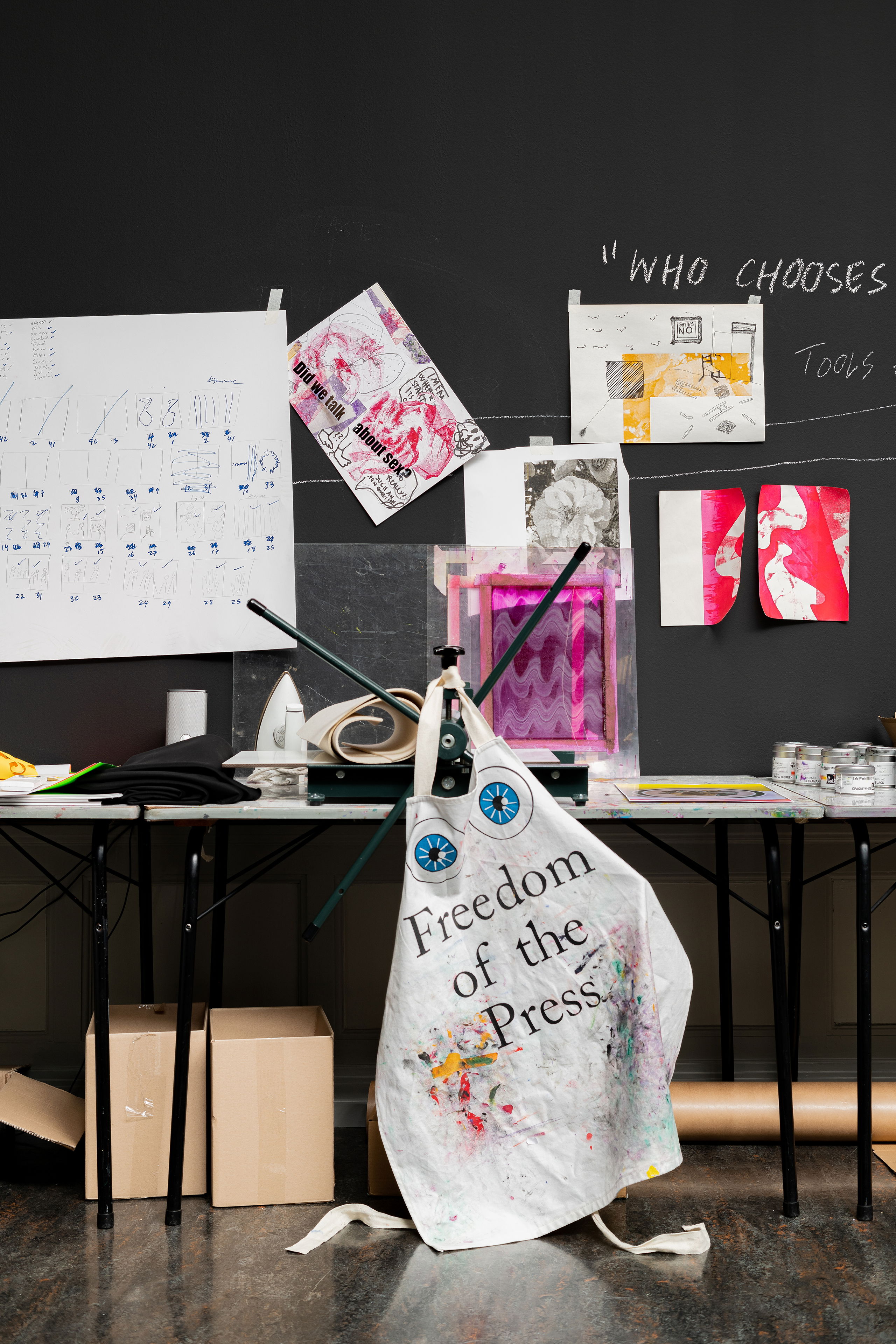
Ciara Phillips, Whatever happened to that bridge we crossed? (2019), installasjonsoversikt. Foto: Erik Sæter Jørgensen.
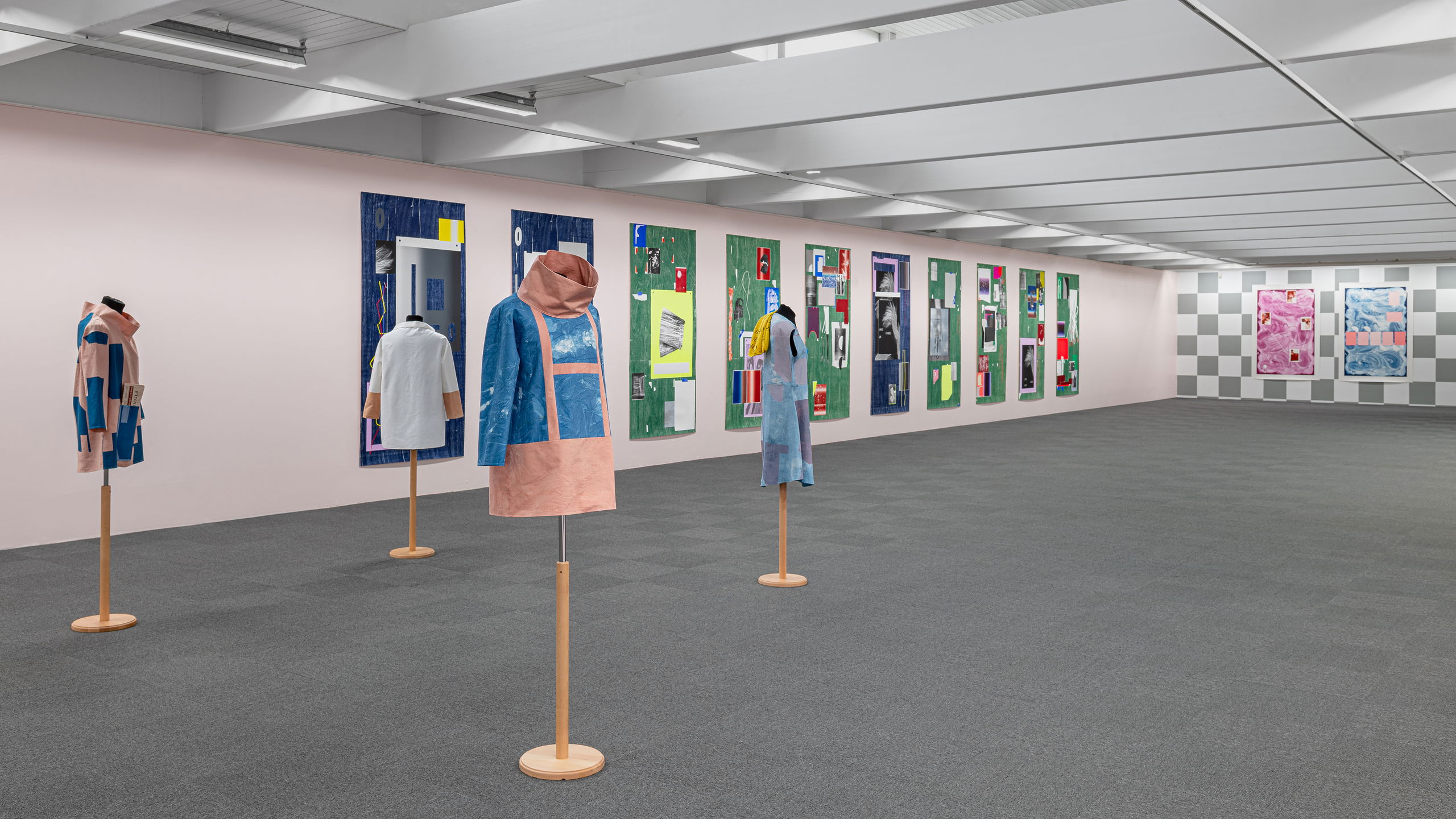
Ciara Phillips, Whatever happened to that bridge we crossed? (2019), installasjonsoversikt. Foto: Erik Sæter Jørgensen.
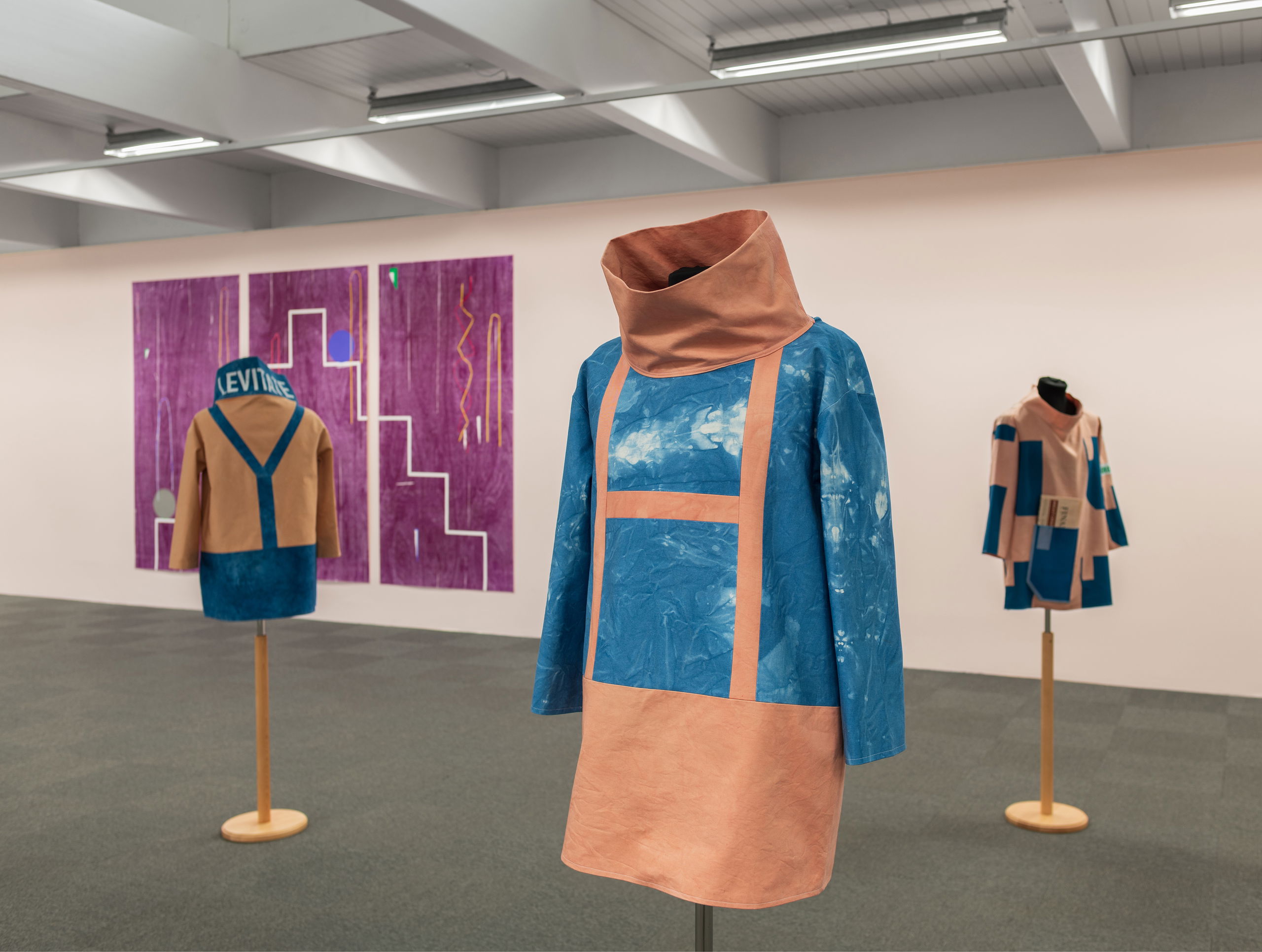
Ciara Phillips, Whatever happened to that bridge we crossed? (2019), installasjonsoversikt. Foto: Erik Sæter Jørgensen.
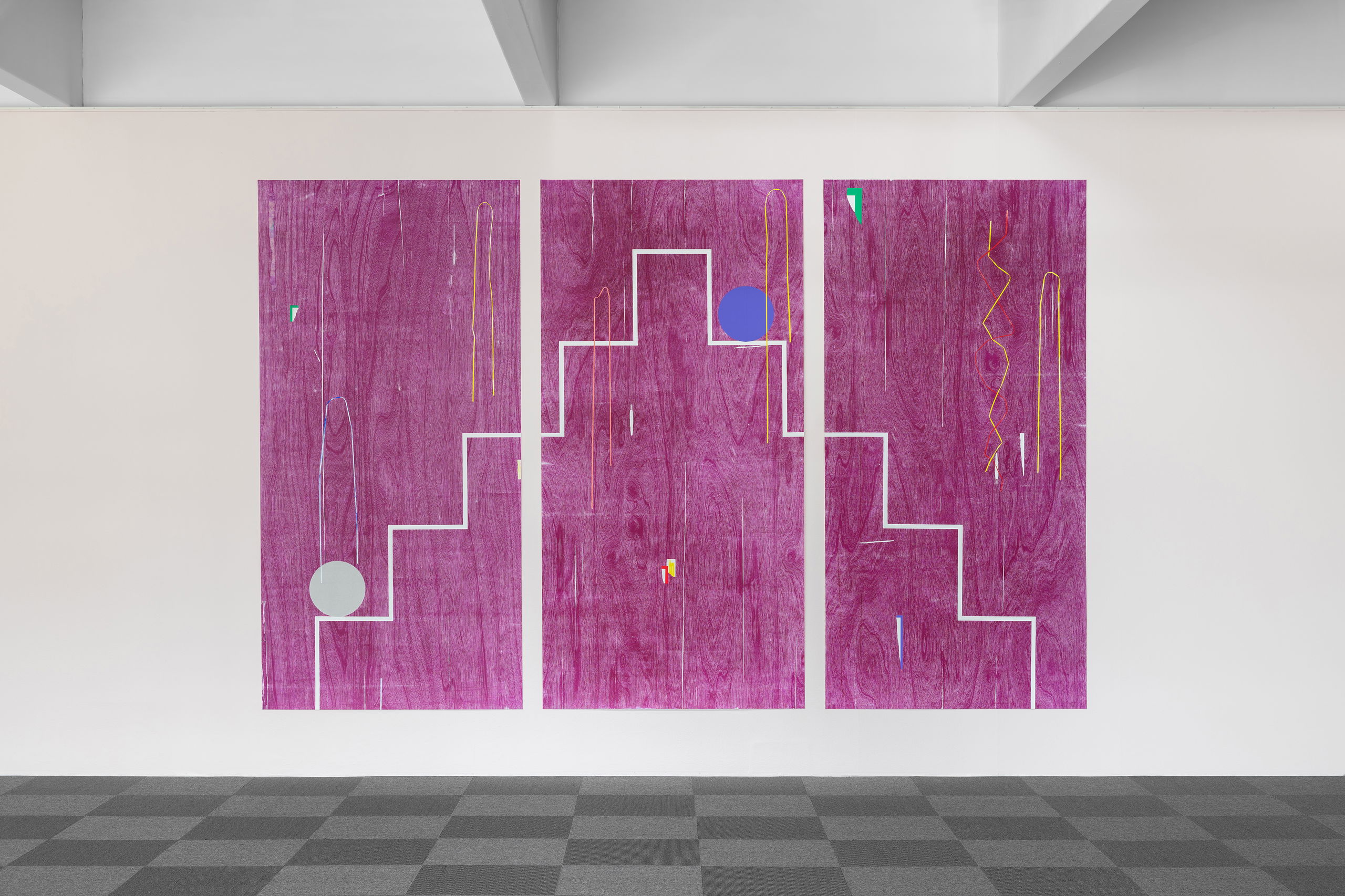
Ciara Phillips, Whatever happened to that bridge we crossed? (2019), installasjonsoversikt. Foto: Erik Sæter Jørgensen.
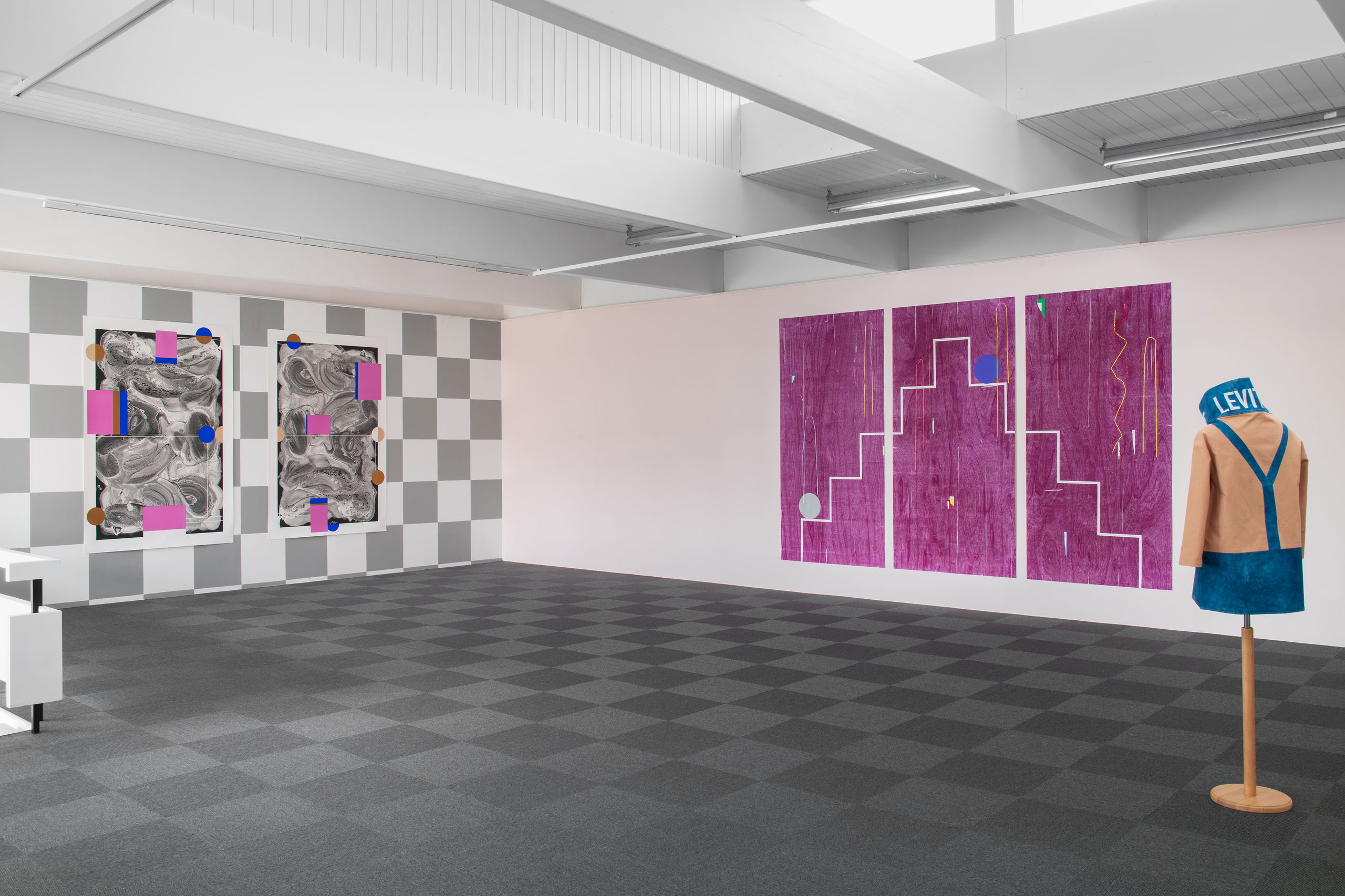
Ciara Phillips, Whatever happened to that bridge we crossed? (2019), installasjonsoversikt. Foto: Erik Sæter Jørgensen.
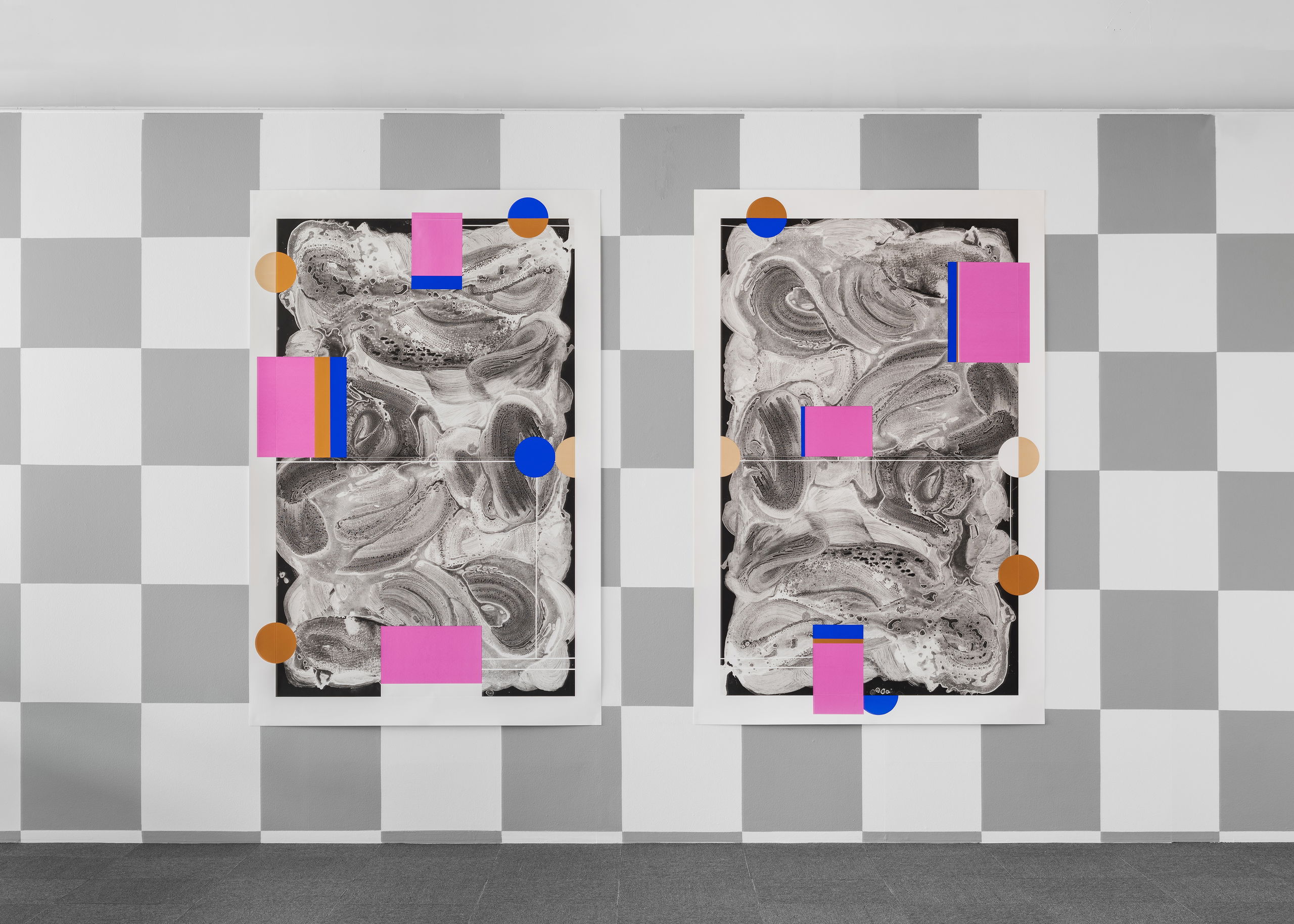
Ciara Phillips, Whatever happened to that bridge we crossed? (2019), installasjonsoversikt. Foto: Erik Sæter Jørgensen.
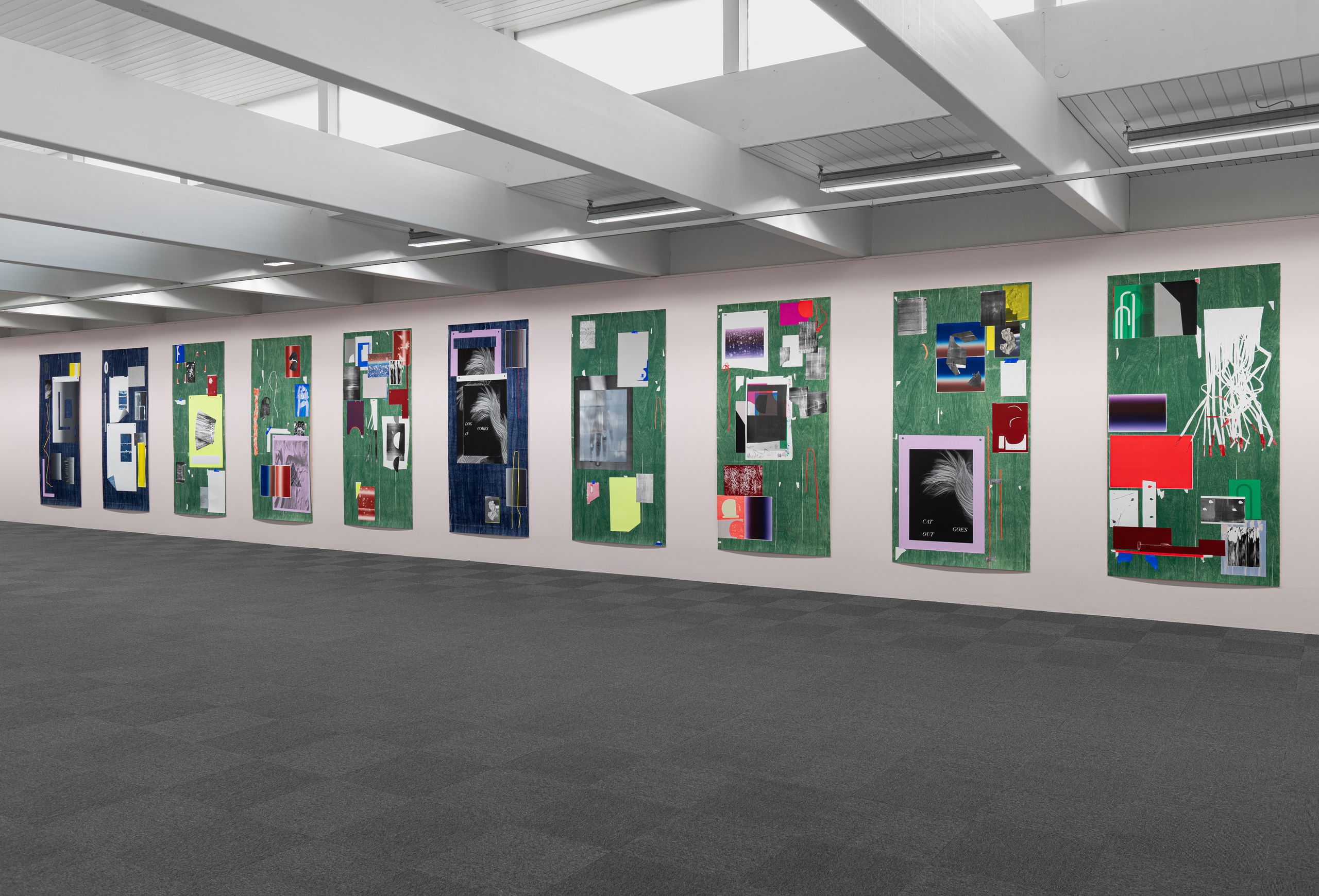
Ciara Phillips, Whatever happened to that bridge we crossed? (2019), installasjonsoversikt. Foto: Erik Sæter Jørgensen.
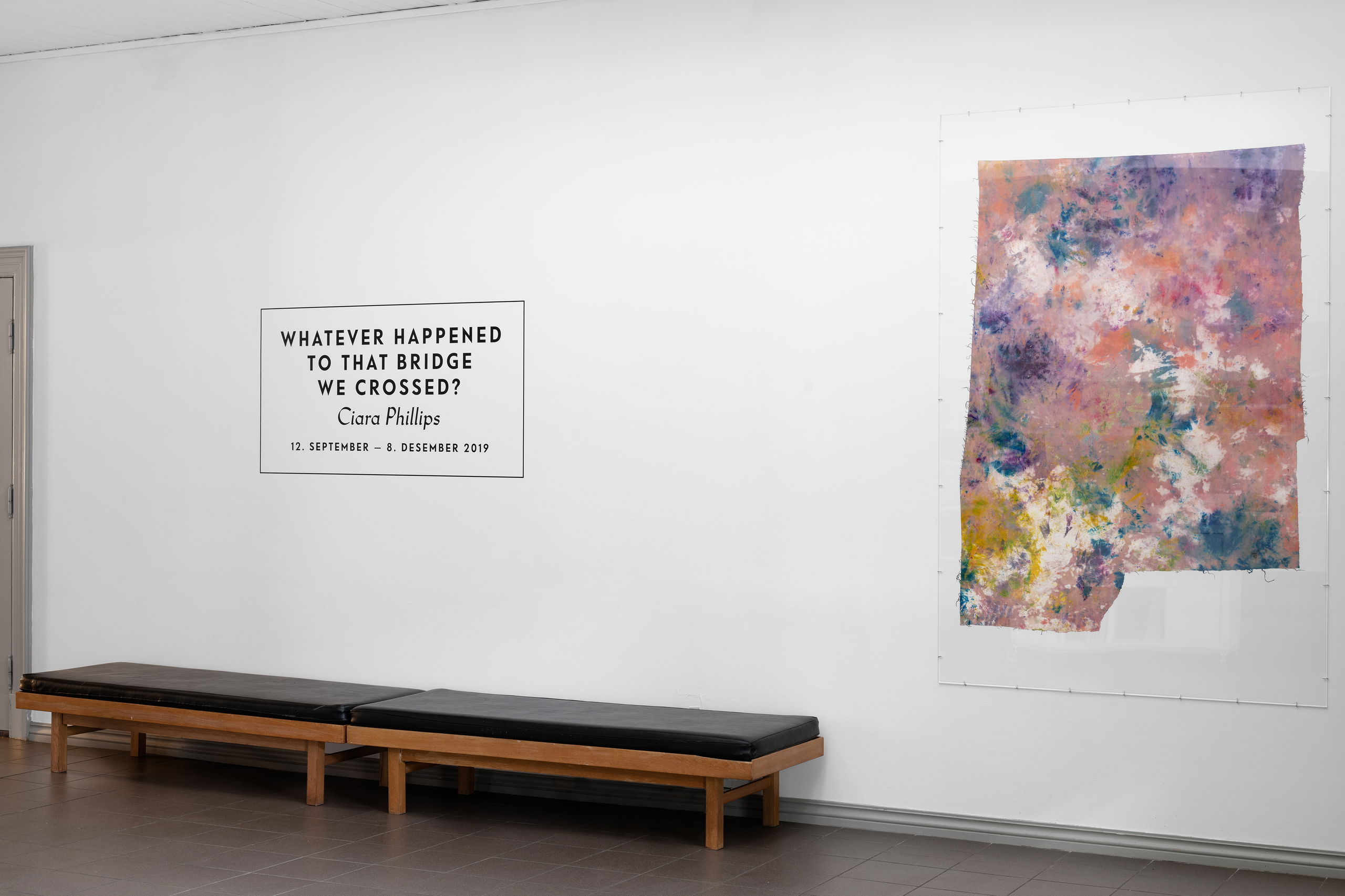
Ciara Phillips, Whatever happened to that bridge we crossed? (2019), installasjonsoversikt. Foto: Erik Sæter Jørgensen.
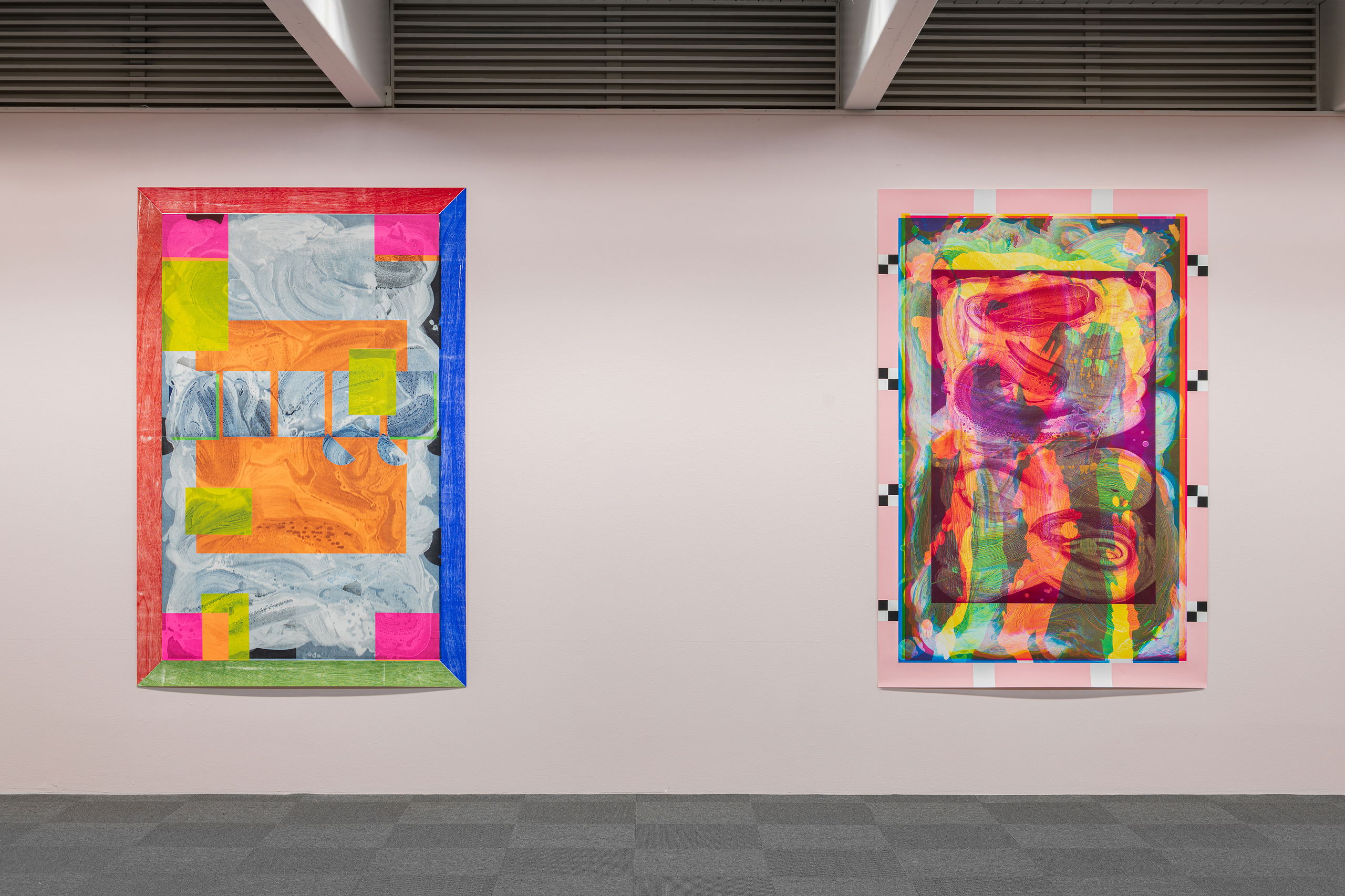
Ciara Phillips, Whatever happened to that bridge we crossed? (2019), installasjonsoversikt. Foto: Erik Sæter Jørgensen.
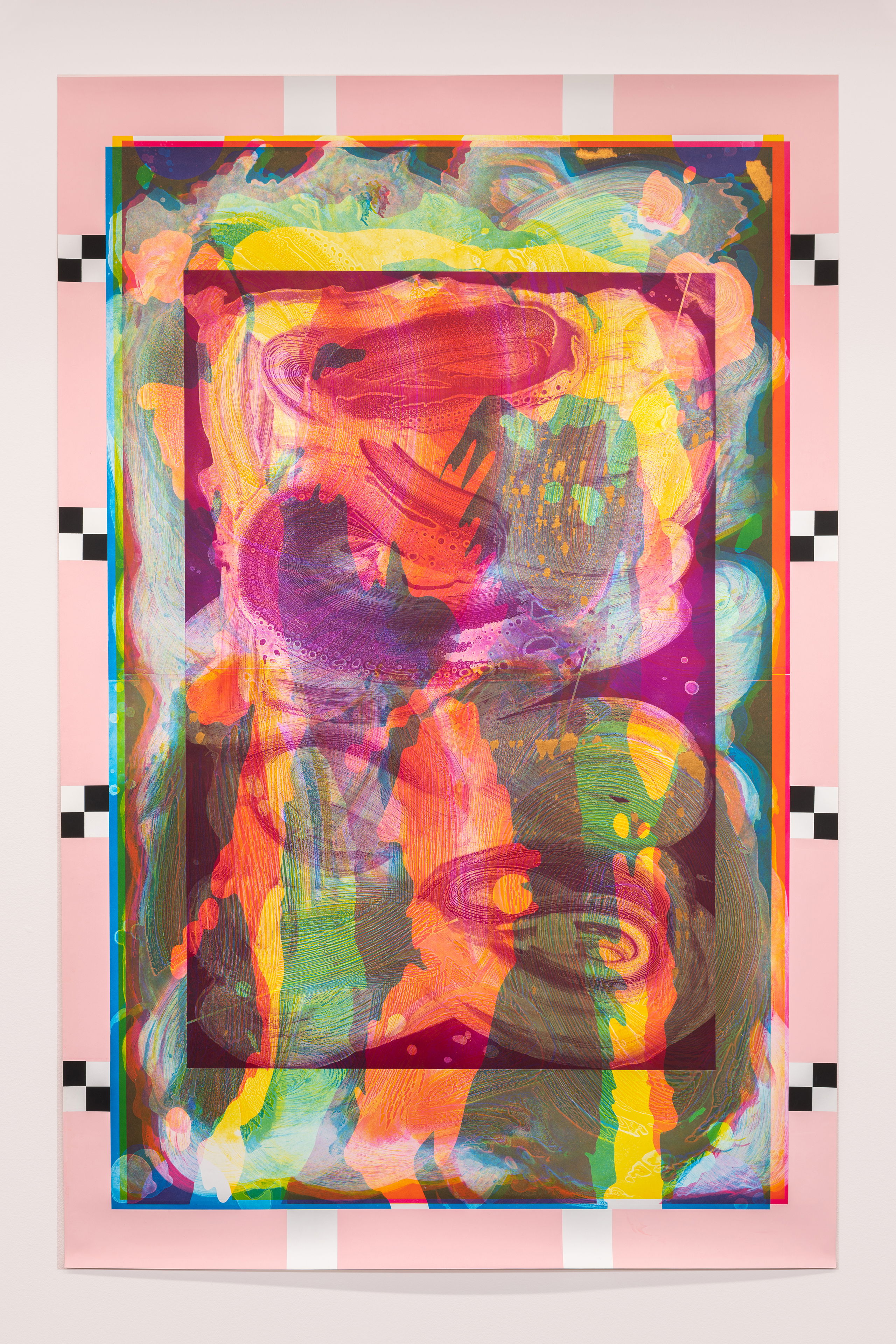
Ciara Phillips, Whatever happened to that bridge we crossed? (2019), installasjonsoversikt. Foto: Erik Sæter Jørgensen.
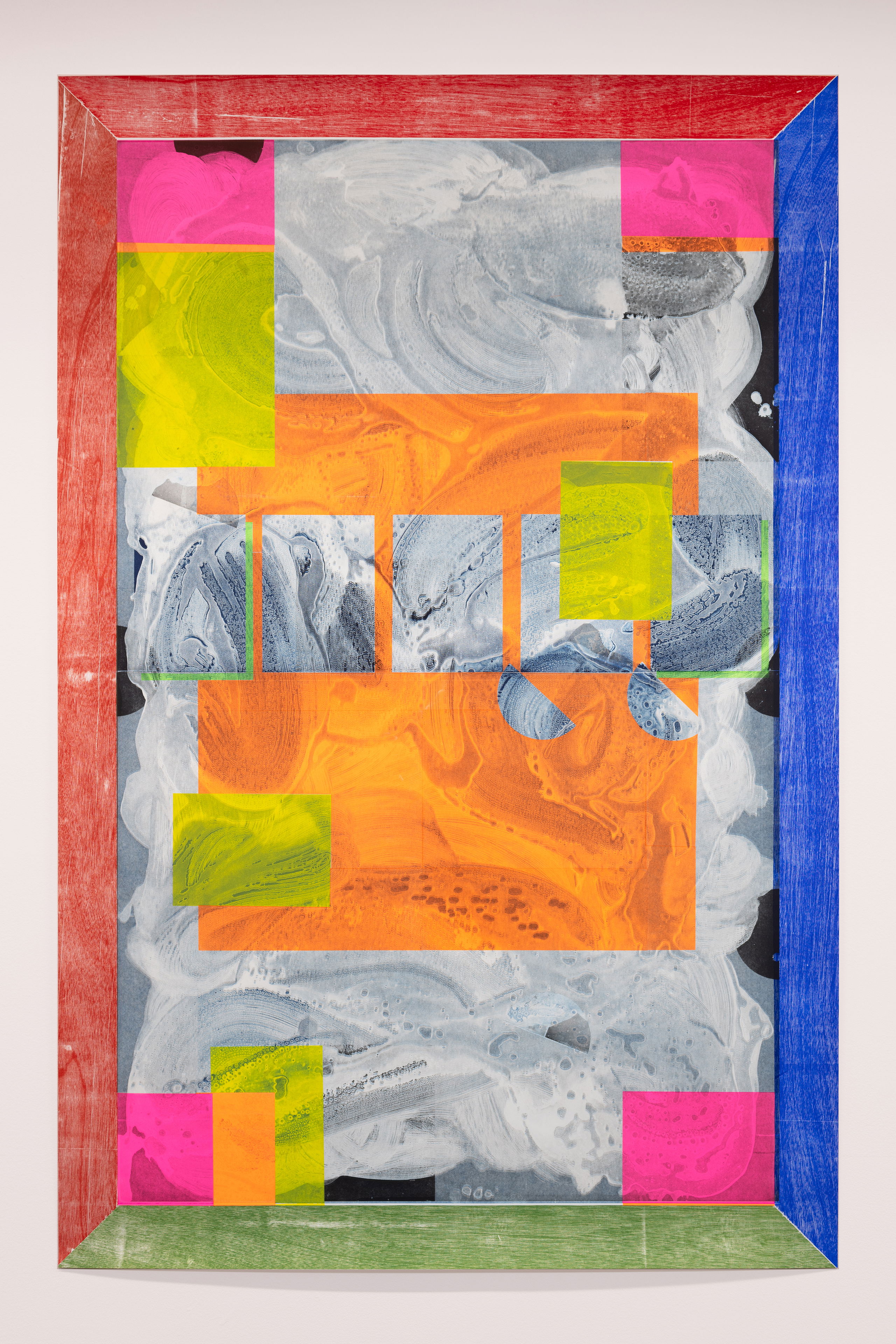
Ciara Phillips, Whatever happened to that bridge we crossed? (2019), installasjonsoversikt. Foto: Erik Sæter Jørgensen.
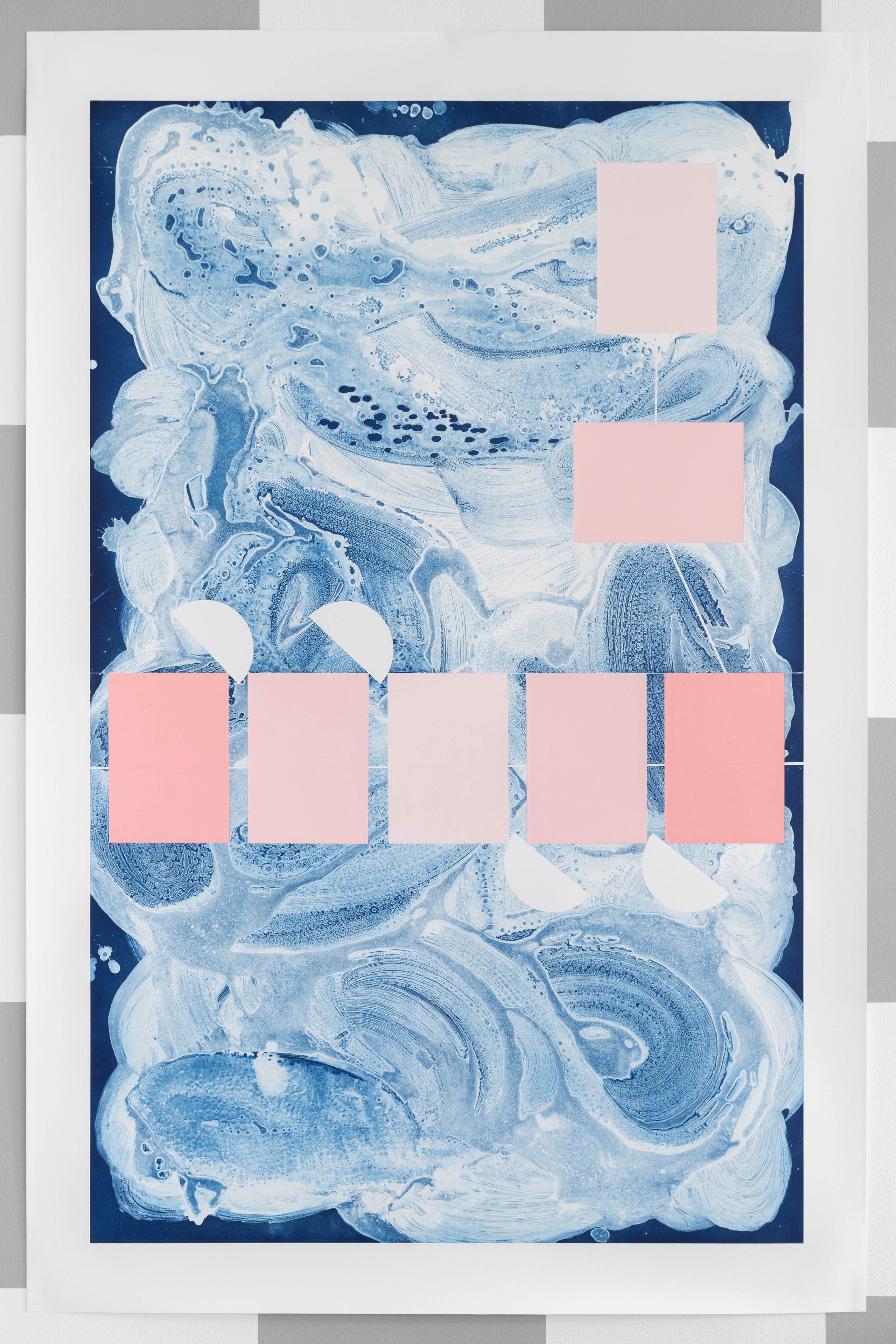
Ciara Phillips, Whatever happened to that bridge we crossed? (2019), installasjonsoversikt. Foto: Erik Sæter Jørgensen.
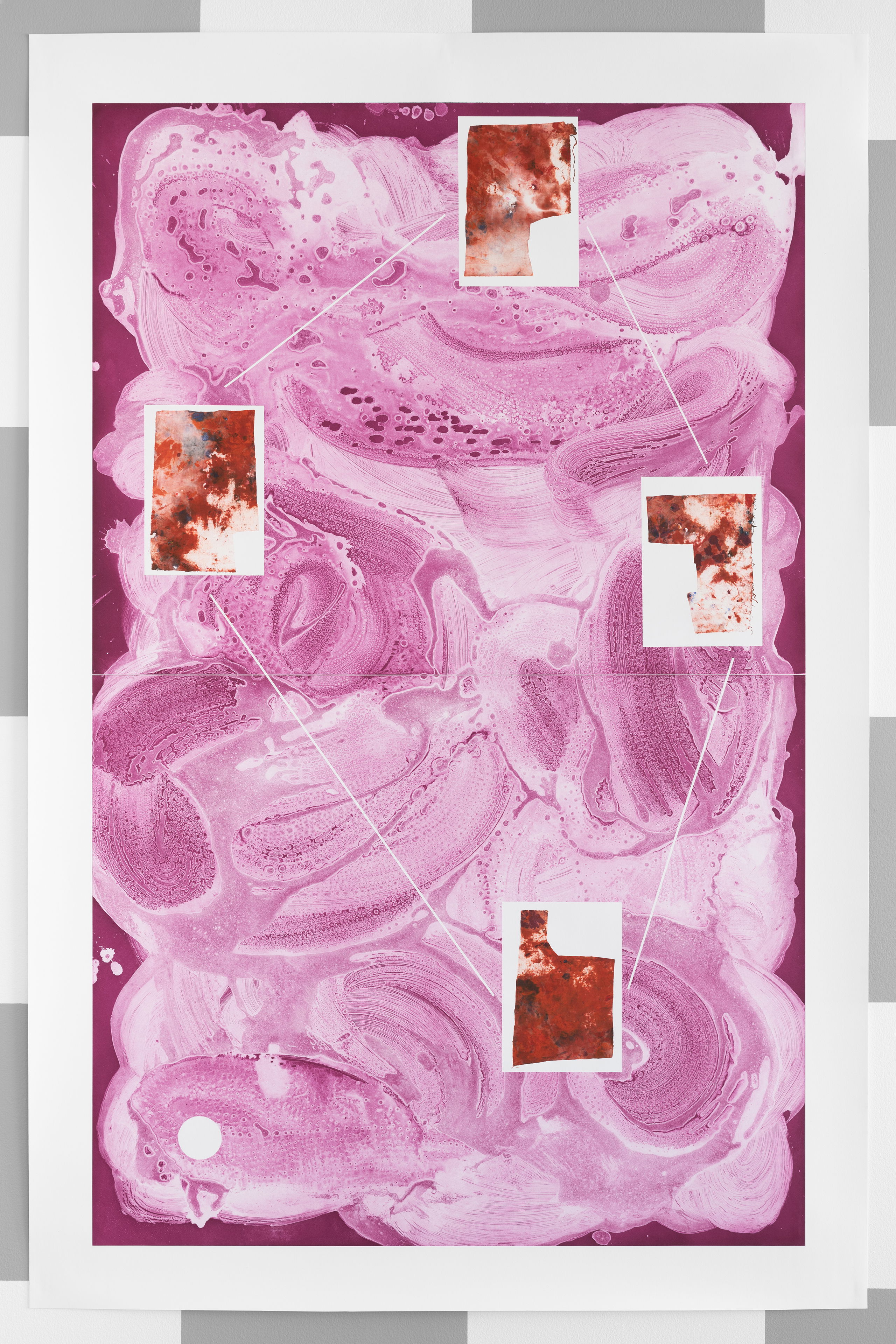
Ciara Phillips, Whatever happened to that bridge we crossed? (2019), installasjonsoversikt. Foto: Erik Sæter Jørgensen.
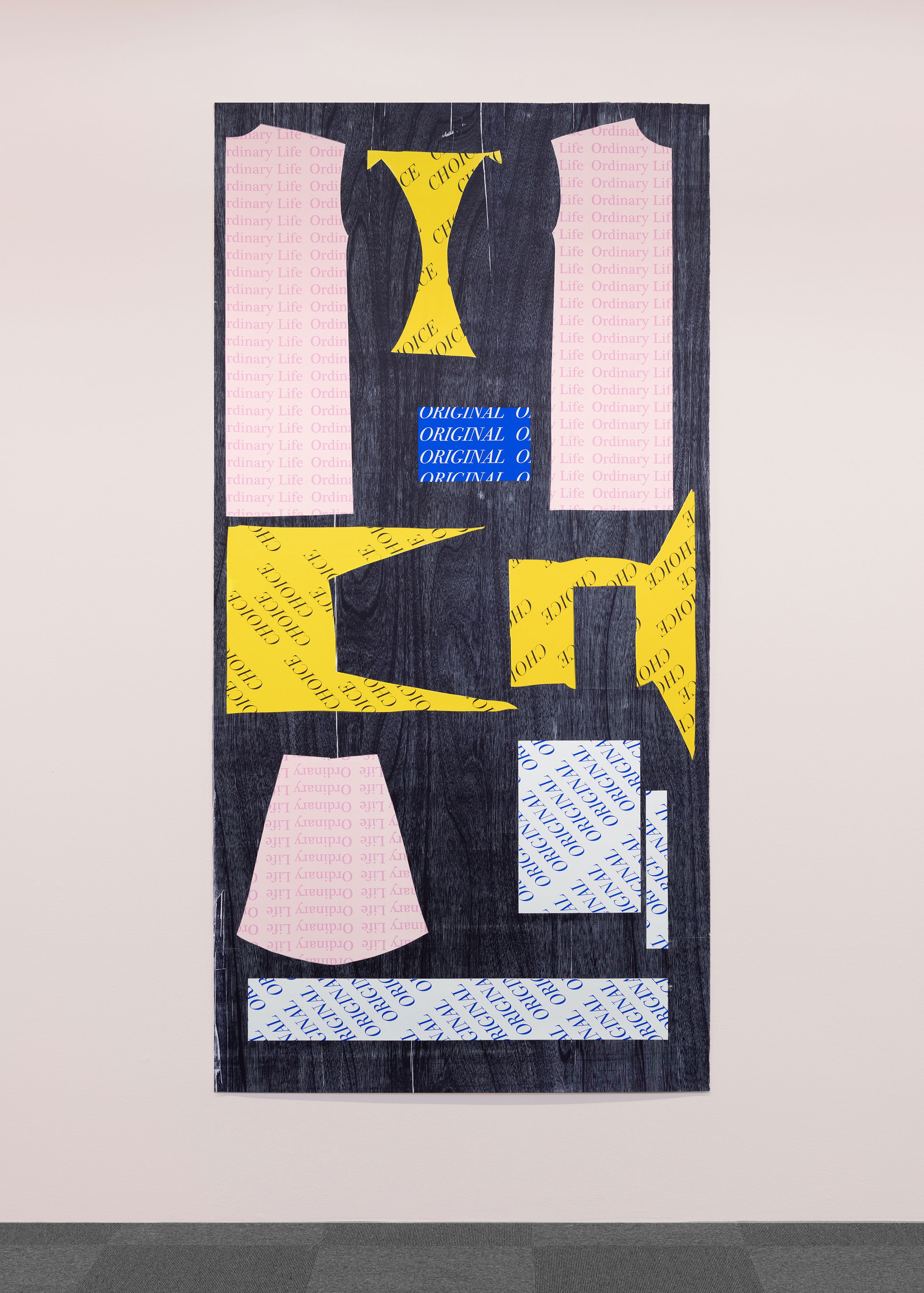
Ciara Phillips, Whatever happened to that bridge we crossed? (2019), installasjonsoversikt. Foto: Erik Sæter Jørgensen.
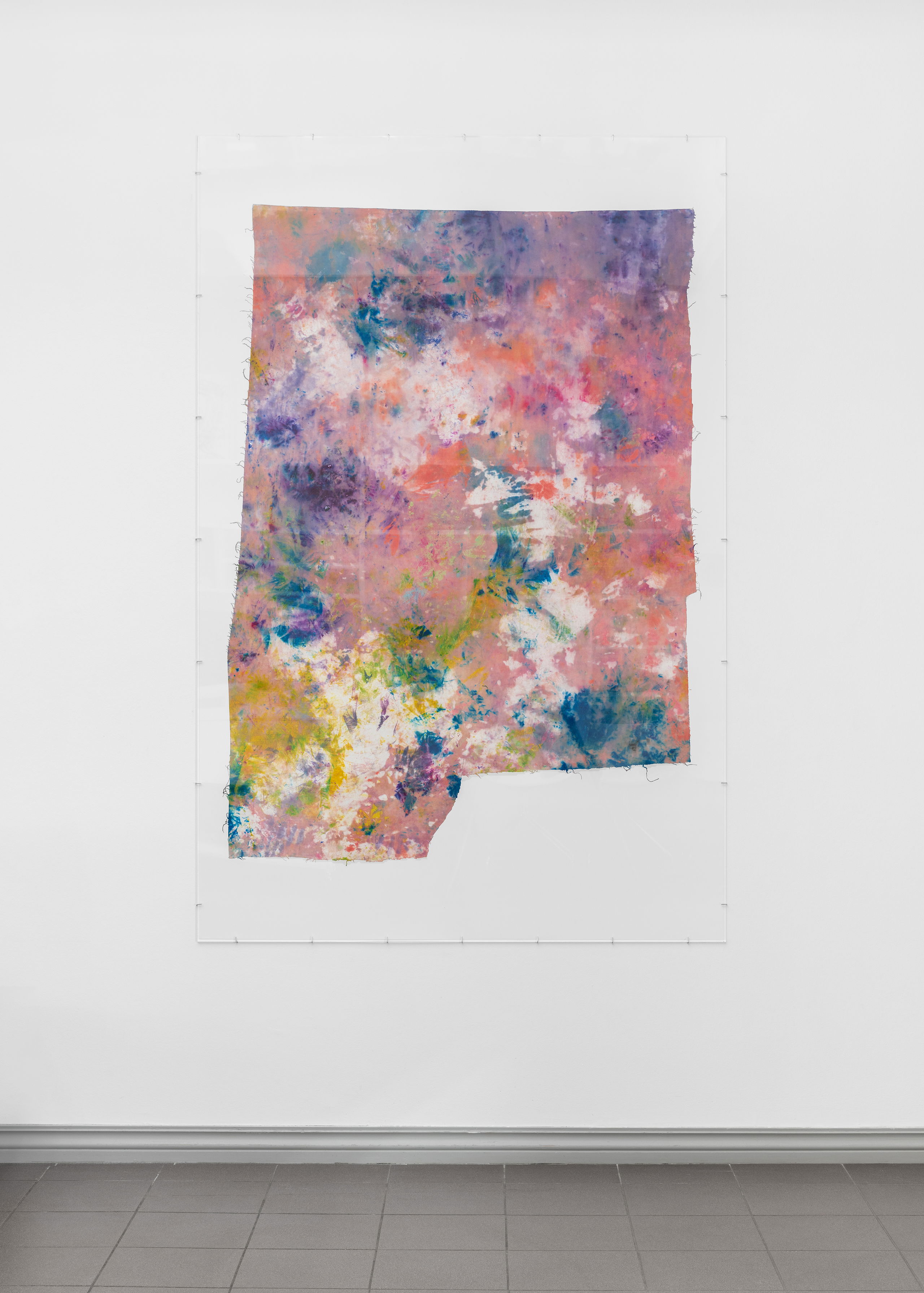
Ciara Phillips, Whatever happened to that bridge we crossed? (2019), installasjonsoversikt. Foto: Erik Sæter Jørgensen.
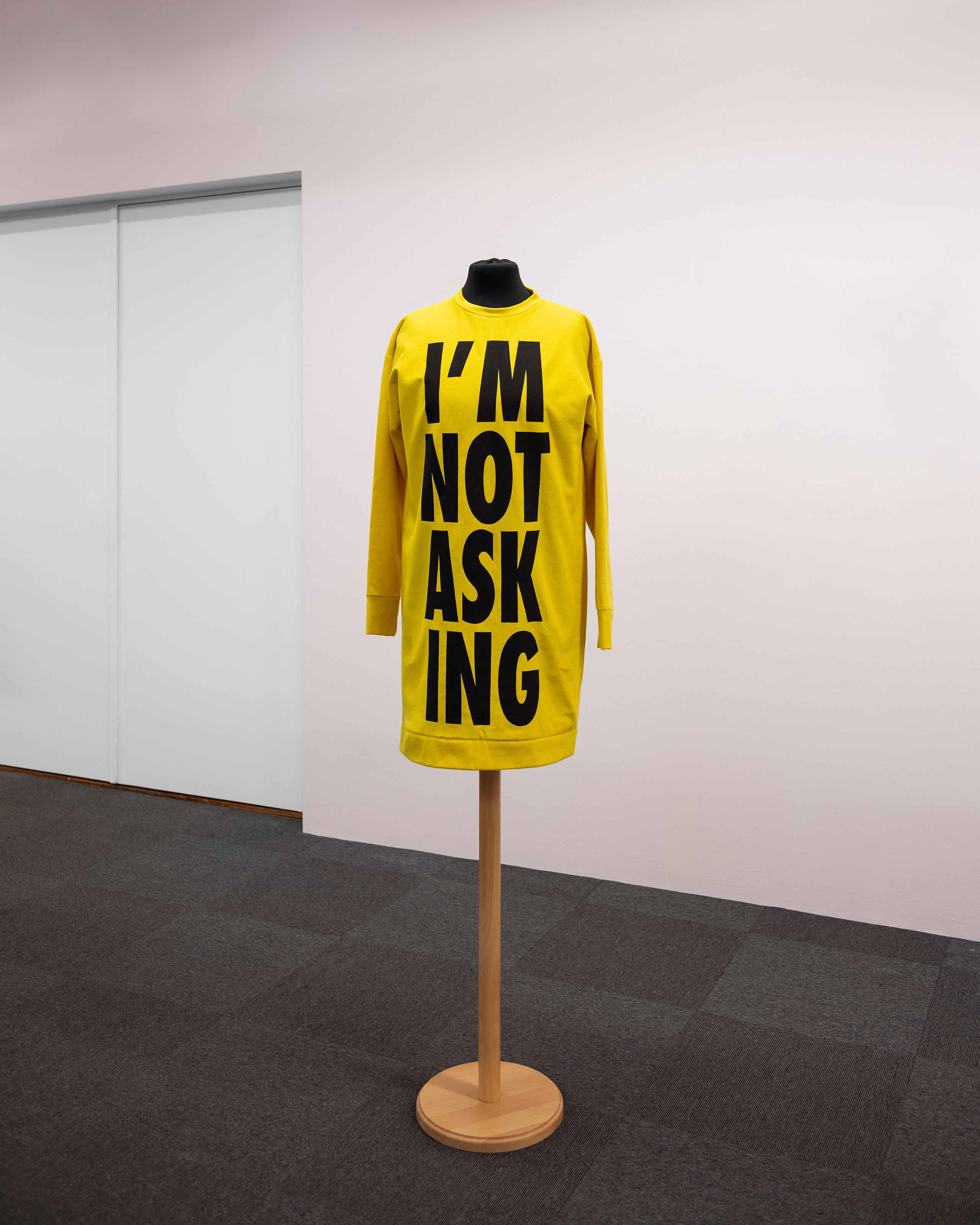
Ciara Phillips, Whatever happened to that bridge we crossed? (2019), installasjonsoversikt. Foto: Erik Sæter Jørgensen.
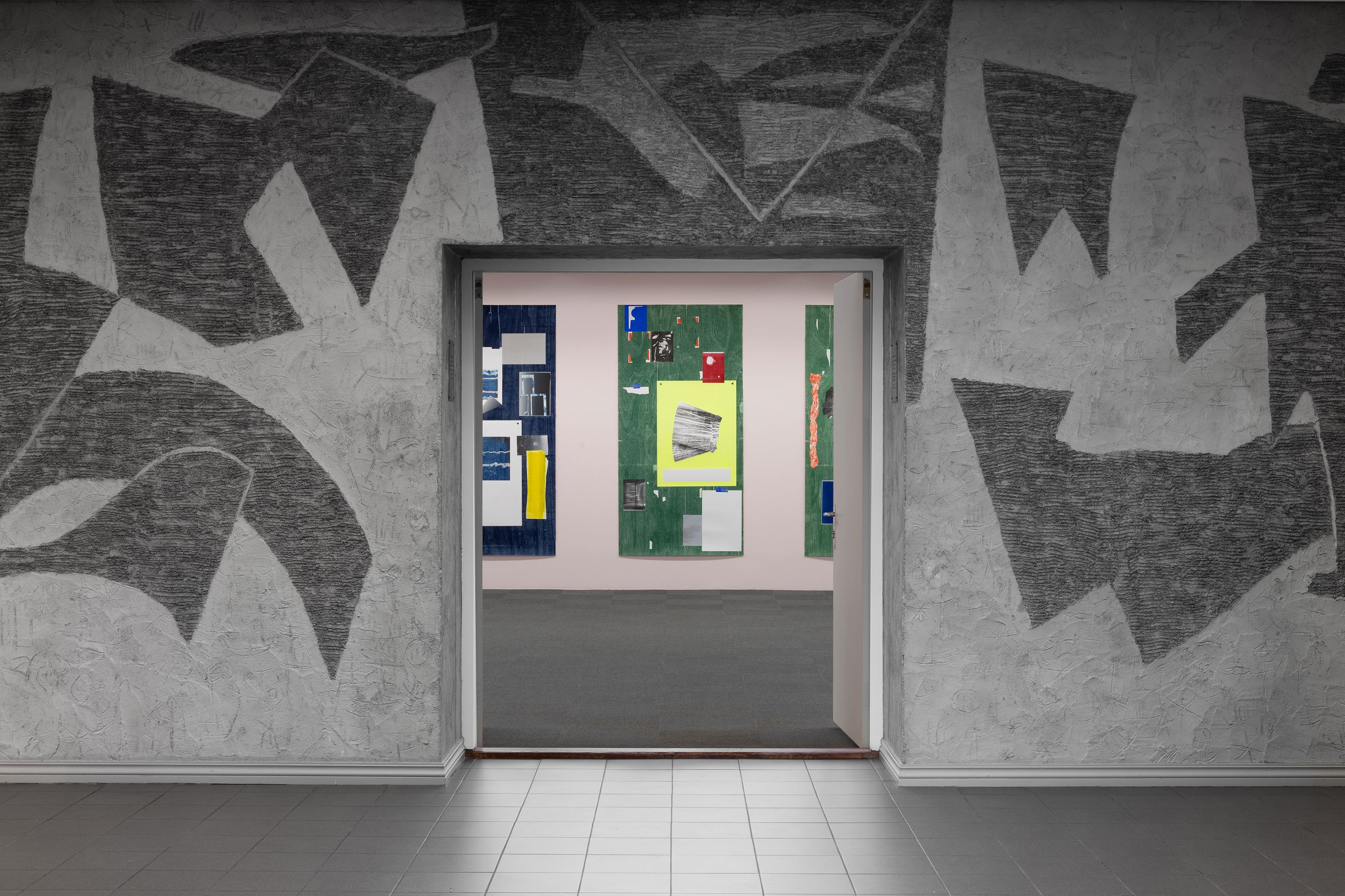
Ciara Phillips, Whatever happened to that bridge we crossed? (2019), installasjonsoversikt. Foto: Erik Sæter Jørgensen.
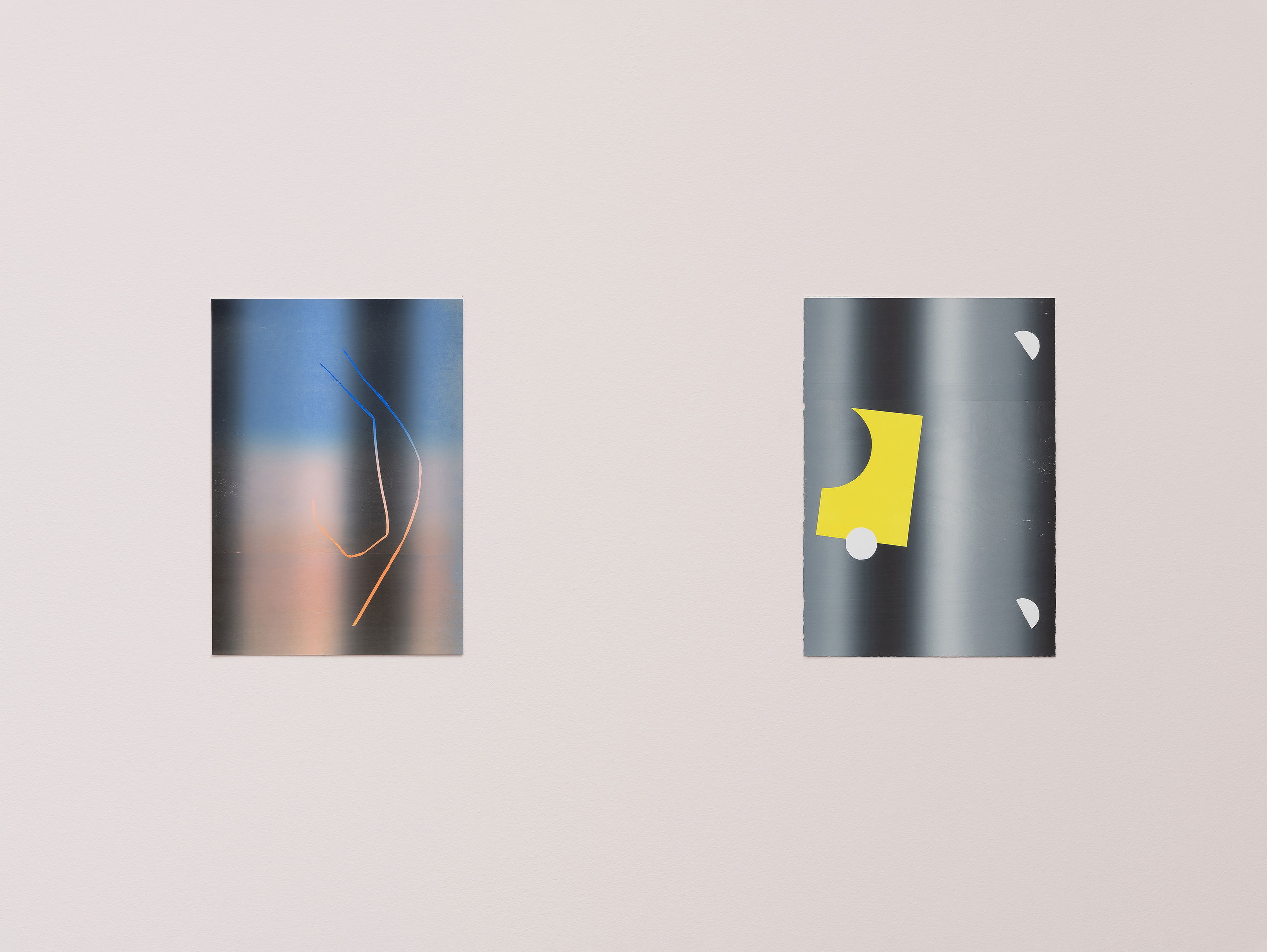
Ciara Phillips, Whatever happened to that bridge we crossed? (2019), installasjonsoversikt. Foto: Erik Sæter Jørgensen.
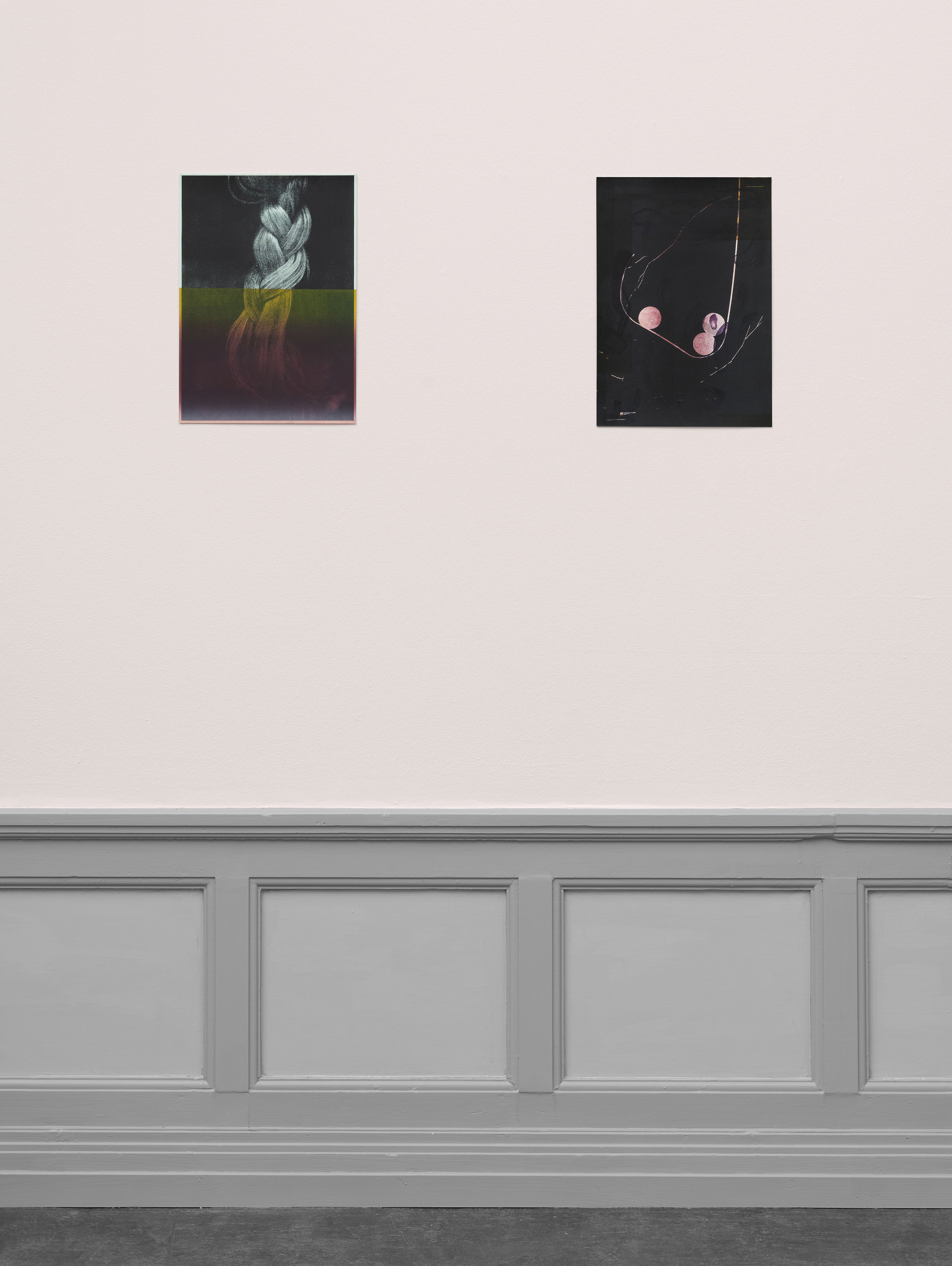
Ciara Phillips, Whatever happened to that bridge we crossed? (2019), installasjonsoversikt. Foto: Erik Sæter Jørgensen.
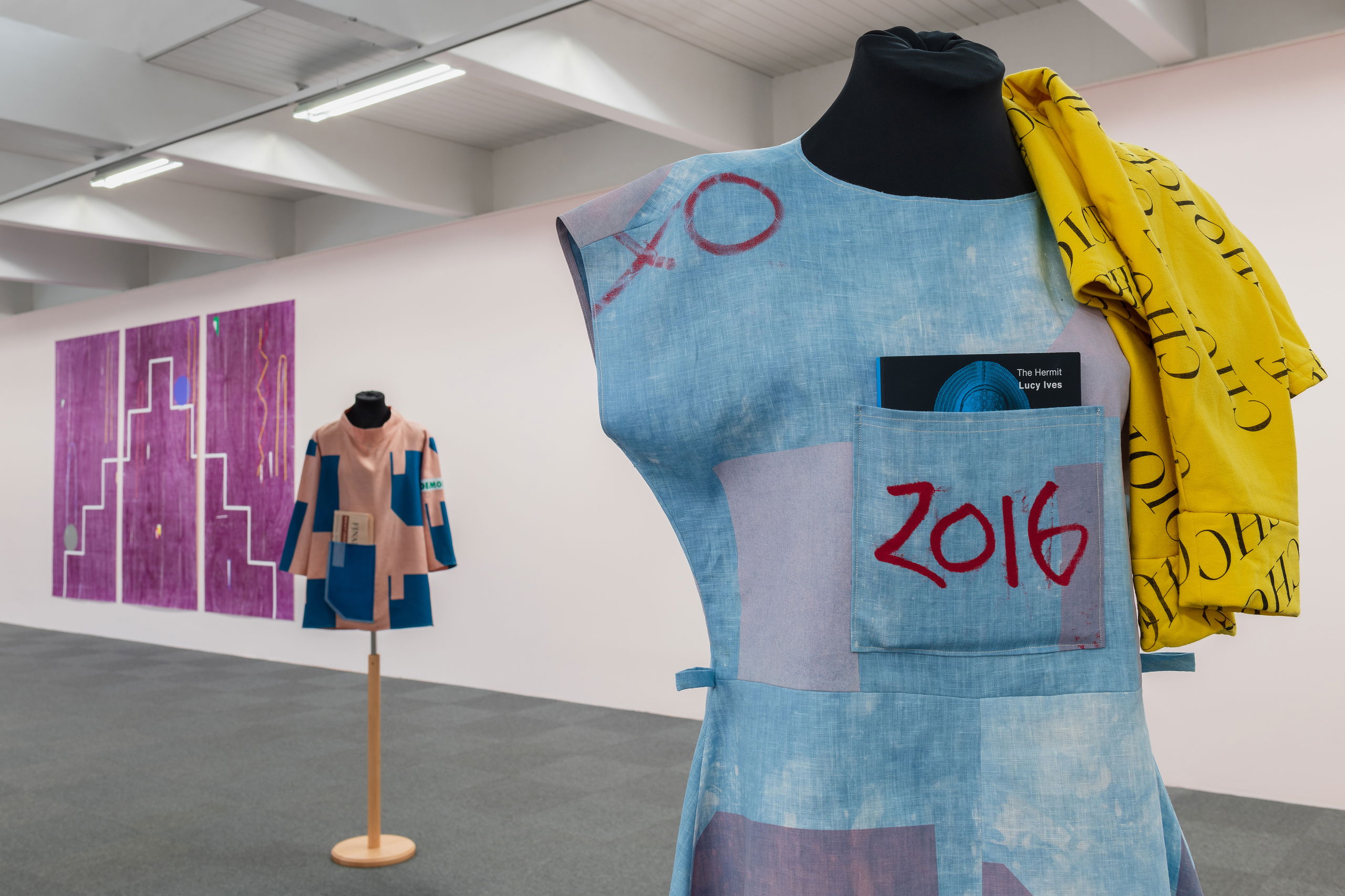
Ciara Phillips, Whatever happened to that bridge we crossed? (2019), installasjonsoversikt. Foto: Erik Sæter Jørgensen.
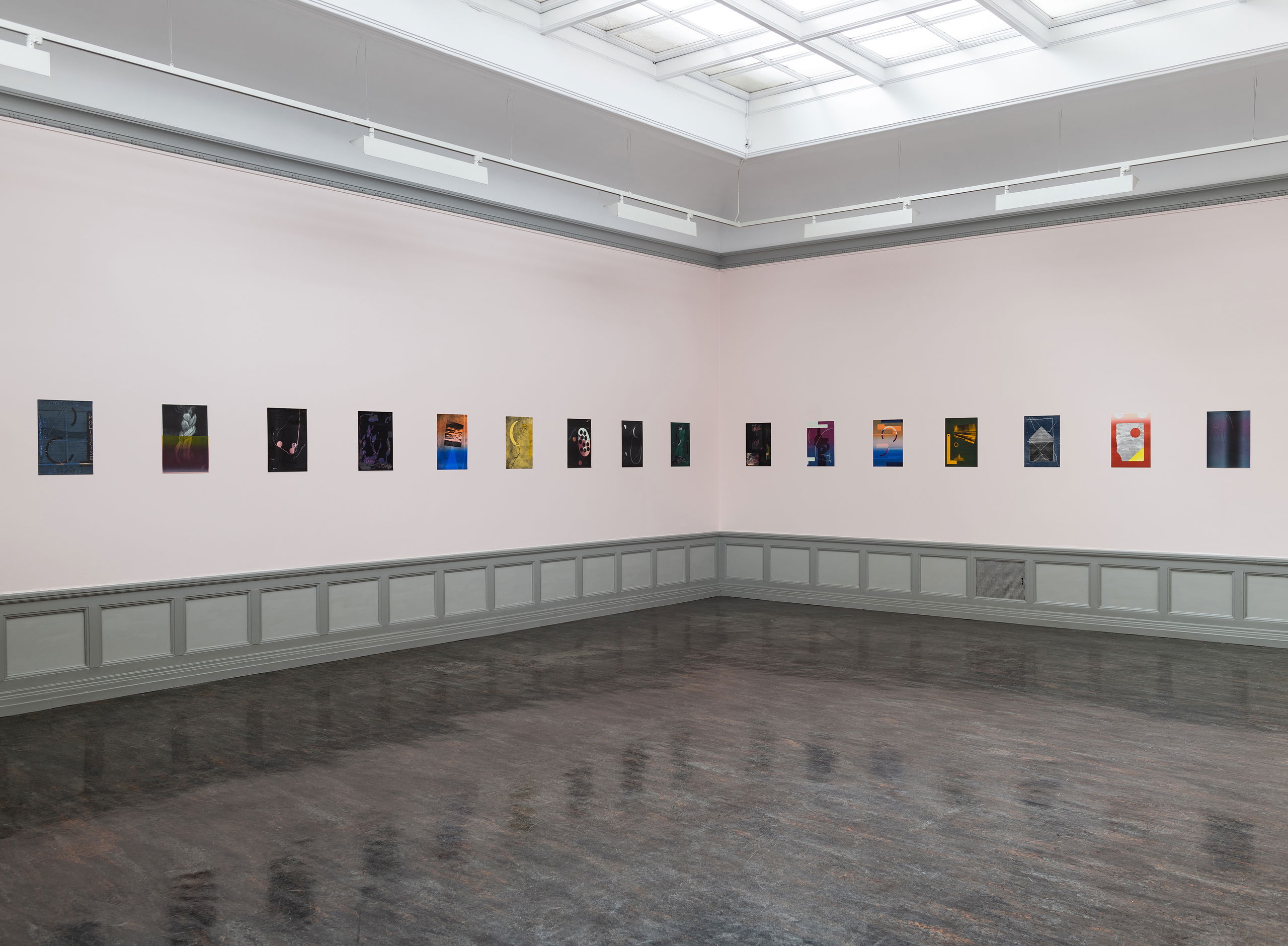
Ciara Phillips, Whatever happened to that bridge we crossed? (2019), installasjonsoversikt. Foto: Erik Sæter Jørgensen.
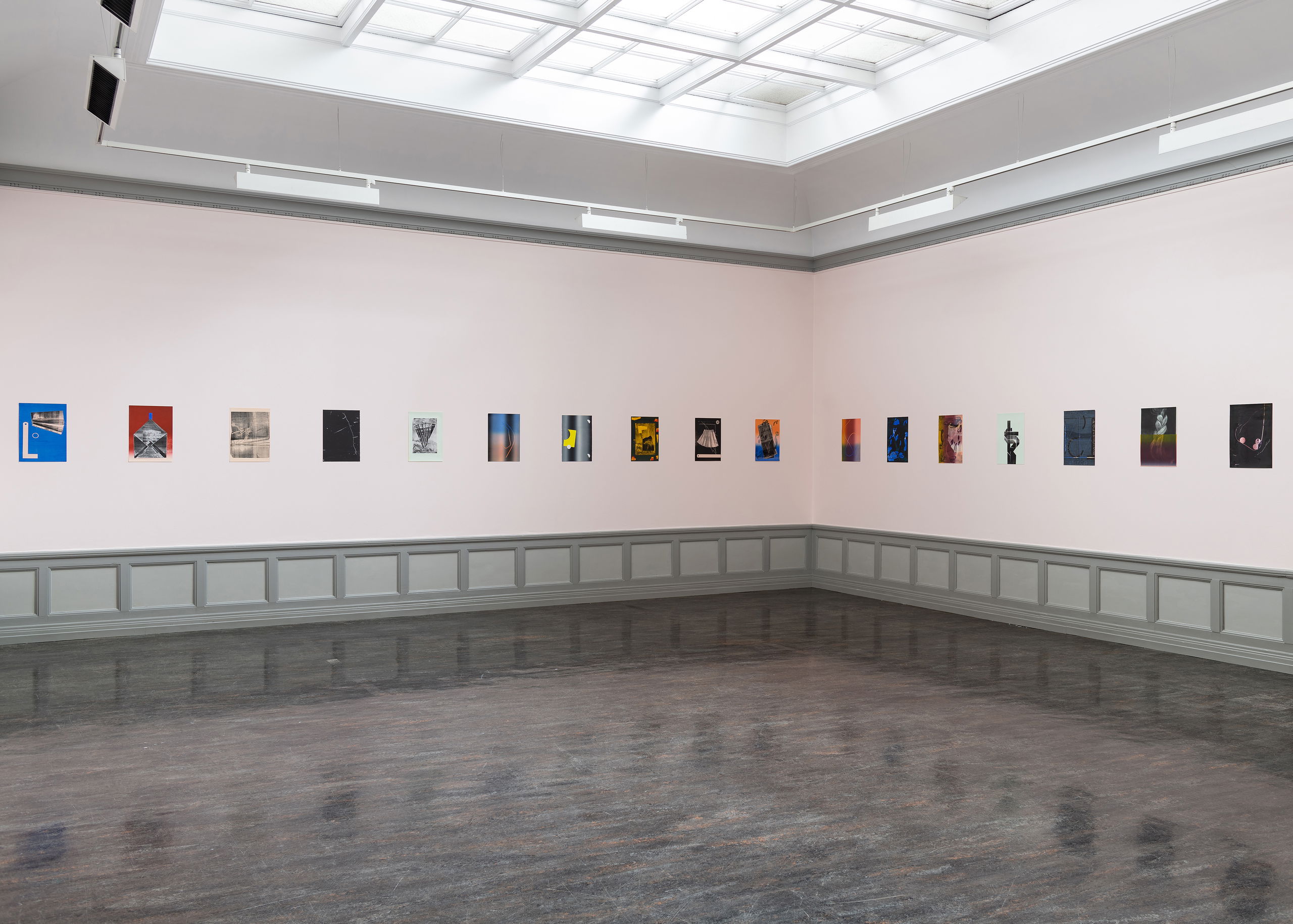
Ciara Phillips, Whatever happened to that bridge we crossed? (2019), installasjonsoversikt. Foto: Erik Sæter Jørgensen.
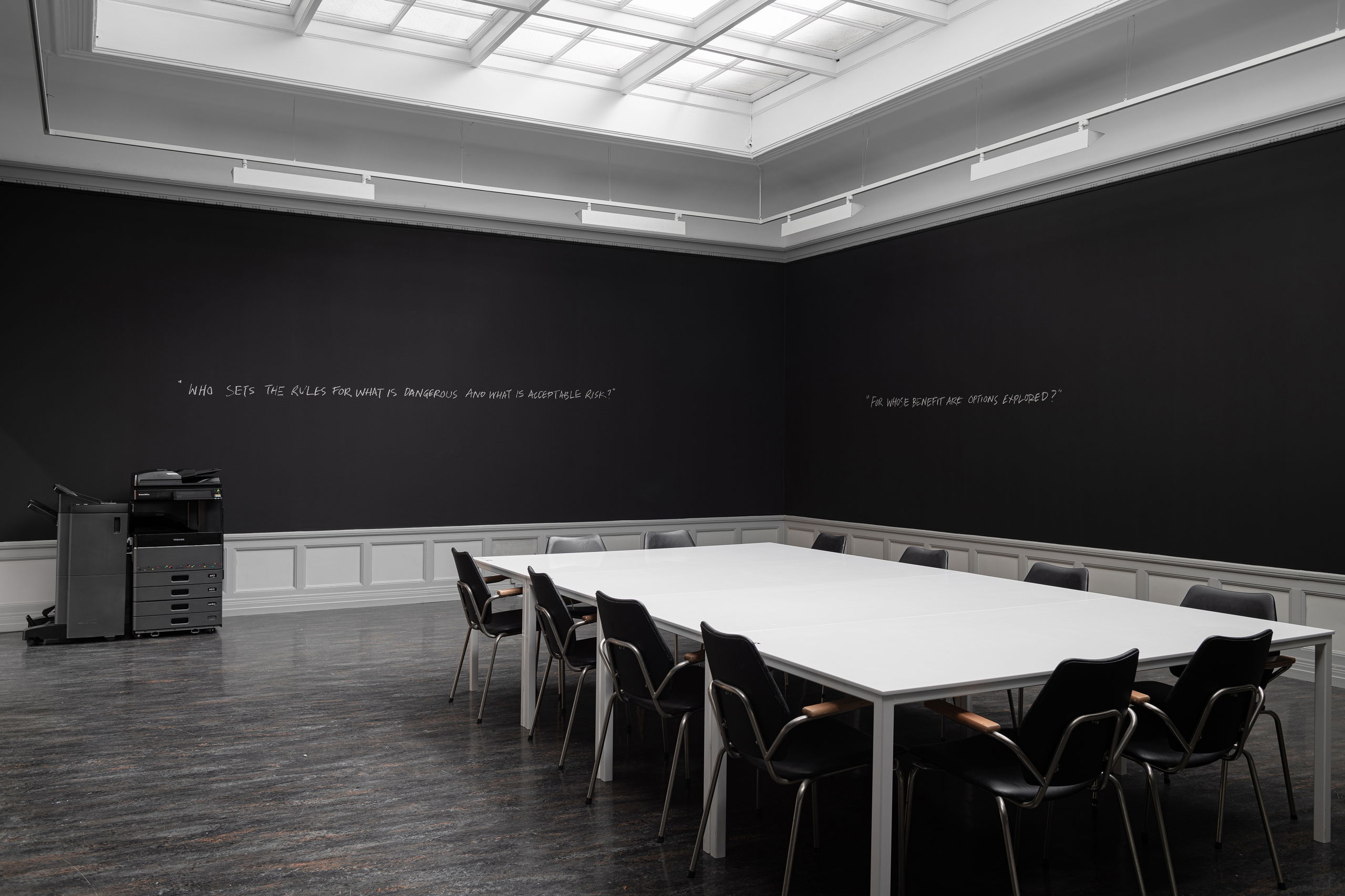
Ciara Phillips, Whatever happened to that bridge we crossed? (2019), installasjonsoversikt. Foto: Erik Sæter Jørgensen.
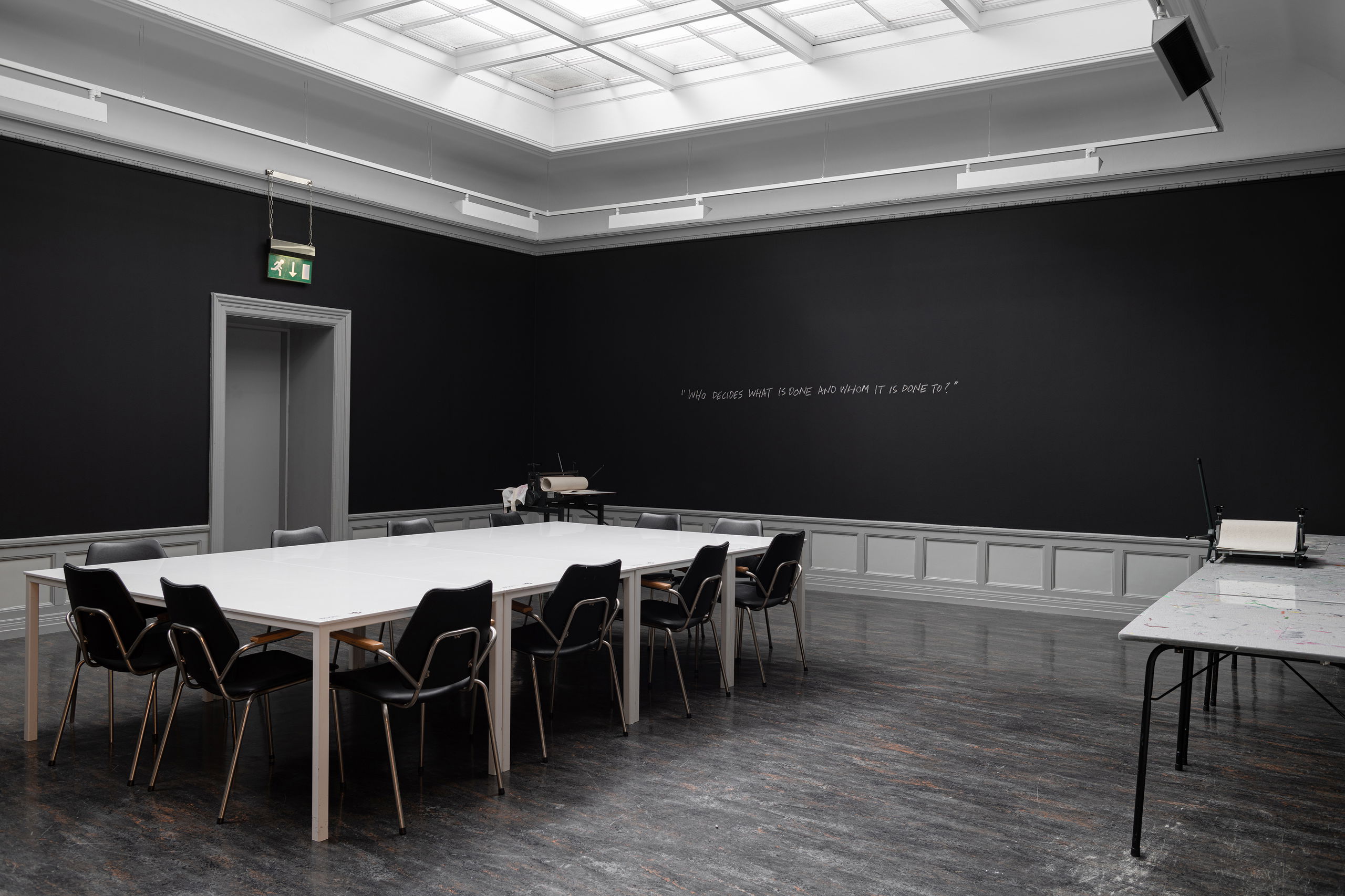
Ciara Phillips, Whatever happened to that bridge we crossed? (2019), installasjonsoversikt. Foto: Erik Sæter Jørgensen.
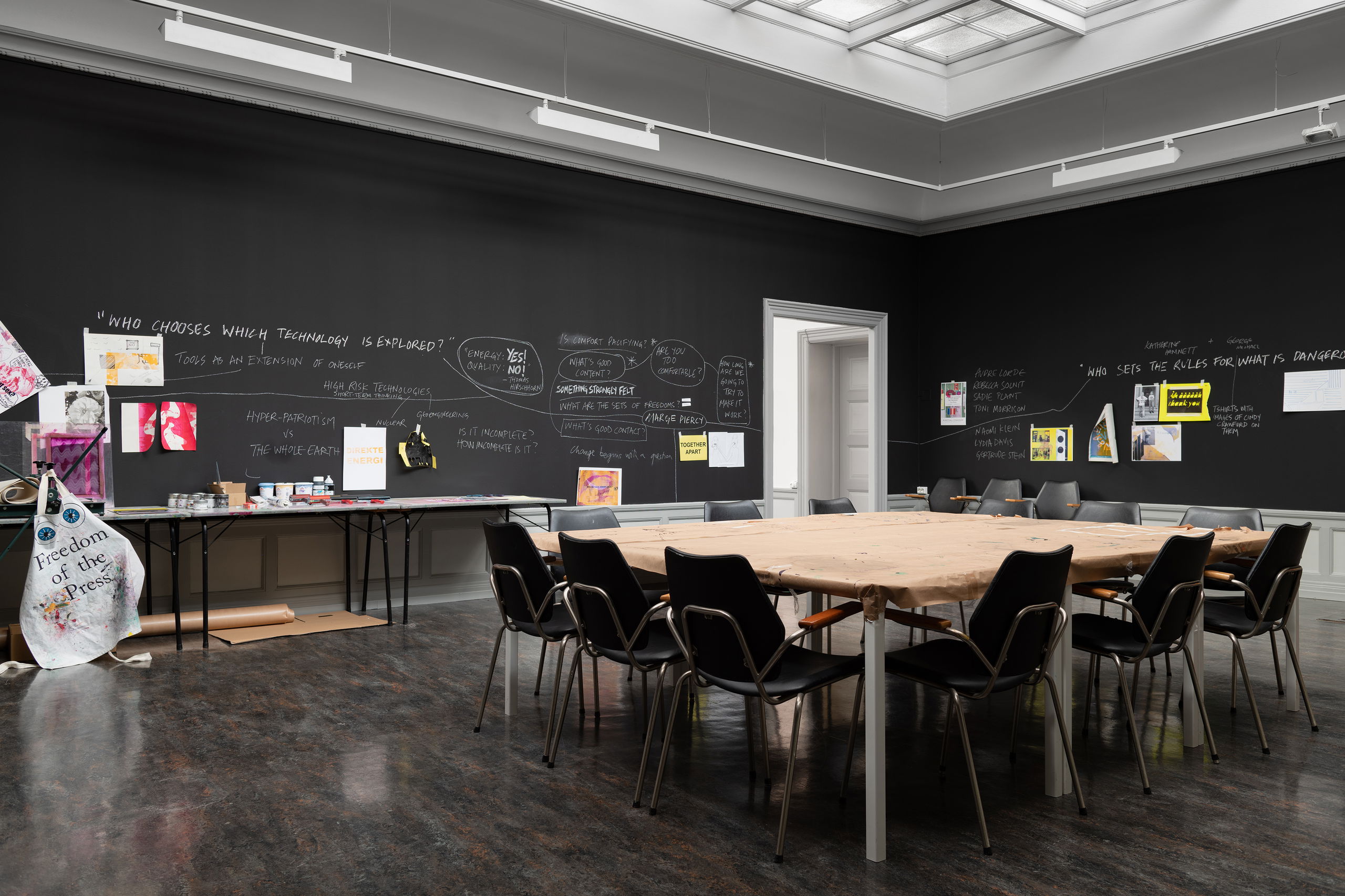
Ciara Phillips, Whatever happened to that bridge we crossed? (2019), installasjonsoversikt. Foto: Erik Sæter Jørgensen.